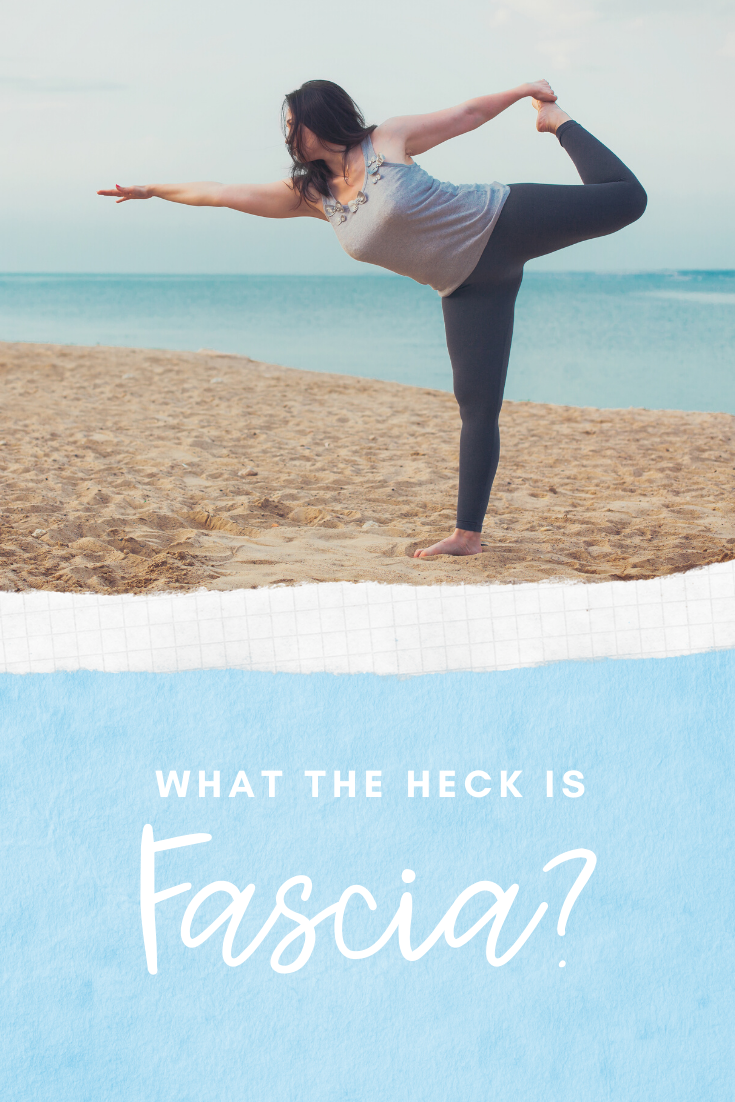
I don’t know if it just me, but it seems I keep hearing the word ‘fascia.’ And not just in the usual realms of our myotherapy clinic, but you know, outside of these walls too. And thank goodness, I say, because fascia is super cool. So you may be thinking, ‘oh great, what is the new health-buzzword’?! *eye rolls* But I promise it is not just a cool, health-buzzword. Fascia is in ALLLLL of us. We all have fascia. And its role in the body is simply amazing.
So what is fascia?
I really like David Lesondak’s definition of fascia, taken from his interview on the Core Connections Podcast.
“An easy understanding of fascia is that it is a covering; a sheath that goes around every muscle in your body. It also covers every bone, organ and nerve as it keeps everything interconnected, but also keeps everything separate at the same time. It is one tissue, one system that is designed to respond to supply and demand.”
I think the most important thing to remember is that the fascia is all connected within our body. It is one system. Just like skin is all connected, and there are different types of skin around our body, there is also different types of fascia.
One type of fascia you will probably be familiar with, is when you chop a chicken breast and there is that thin, cling-film type tissue covering the breast. That is fascia. Structurally, fascia is tightly-woven and web like. Whitish in colour.
Then there is our IT band, which runs along the outside edge of our thighs. This is fascia too! You can feel that this band is much thicker and a much more dense type of fascia.
When the cause of injury isn’t always coming from where you think it is.
Interestingly, because fascia is everywhere in our body and all connected. There is growing evidence of how certain tissues in one area of the body can be influenced by structures in a different area of the body. Did that just blow your mind? An example of this is, that the knee joint capsule can be affected by its directly inserting tendons AND by the further away muscles (i.e. glute max and TFL) and their joining fasciae. Pretty cool, hey? Another example of fascial connections is stretching of the leg has been shown to increase the range of motion of the neck. Gosh our bodies are amazing!
This certainly lays down the basis of why when we are treating an injury, we are not just looking at the site of the injury and/or pain, but also looking at the other connections to this area. Of course, there is also many other factors we consider when working with each person, but this is definitely one of them. Looking at the fascial connections!
So now you have an understanding of what fascia is.
I hope this article has opened your mind to the world of fascia and how amazing it is! And how it is certainly not just another health-buzzword. Fascia is all connected throughout our body and does incredible things for us.
If you’d like to dive on in and learn more about fascia, we’ve added our reference list below. Plus we love talking about fascia, so ask us about it at your next myotherapy appointment.
References.
Zügel M, Maganaris CN, Wilke J, et al. Fascial tissue research in sports medicine: from molecules to tissue adaptation, injury and diagnostics: consensus statement. British Journal of Sports Medicine 2018;52:1497
Lesondak D & Ziel E. David Lesondak, Fascia: What It Is and Why It Matters. The Core Connections Podcast. Published 26/06/2018.
Lesondak D. Fascia: What it is and why it matters. Published by Handspring Publishing Ltd (2017)
Howell, M. What is fascia, and is ‘myofascial release’ the secret to better health? The Telegraph. Published 20/12/17

Recent Comments